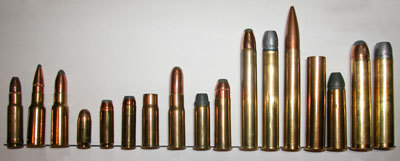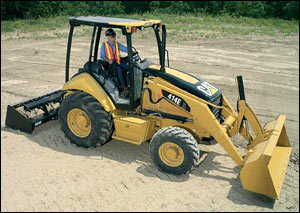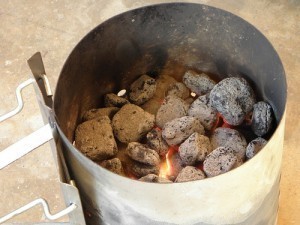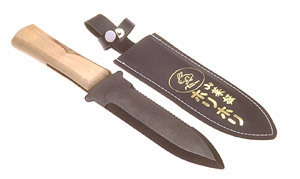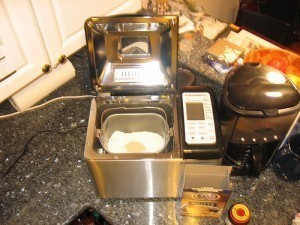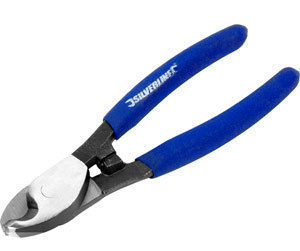Bullet Sizes
The invention of firearms and gunpowder has eventually led to advances
in modern warfare. Part of the advances in firearms includes concepts that will help us determine the range and capacity of different guns and bullets that are in use. People have been trying to classify bullet sizes and the amount of damage they can inflict. This effort to classify bullets also gave birth to caliber charts.
From Gunpowder to Guns
It is almost undisputed that gunpowder was discovered by the Chinese. Gunpowder was used for more than just firearms back in the day when it was discovered. It was also used for firecrackers and other implements to brighten up festivals and other special occasions. However, it is also the main component for the manufacture and use of cannons and bombs.
Asian nations such as Mongolia, India, and China were some of the first countries who used such firepower in their arsenal. The concept of carrying cannons into the battlefield was primarily the task of the infantry. A type of handheld cannon was also developed as the concept of a more mobile weapon came into fruition. This was the precursor to today's modern rifles and handguns.
Bullet Sizes and Calibers
The concept of calibers and bullet sizes came much later in the process of firearms development. The modern manufacture of ammunition rounds and rifles also contributed to the need to classify guns and bullets. These terms do not only describe the capacity strength of different aid firearms but also describe their sizes and dimensions.
The projectile that is fired by today's firearms is called by the common folk as "bullets". These are actually a casing that is metallic in nature and is filled with ammunition. The caliber of a bullet or ammunition is determined by measuring the diameter of its cartridge. Thus when we look into various size charts this measurement is usually expressed in either millimeters or inches.
Understanding the Charts
Other than the name of the various cartridges, a bullet size chart will also show the type of bullet, its dimensions, usages, and its caliber. Types of bullets will vary such as rimless, bottlenecks, and rim fire among others. Lengths will of course vary by design. Pistols will usually have bullets that are 25 mm long while a machine gun will have bullets as long as 138 mm.
Using the Information
All this information is especially helpful for hunters and anyone who practices shooting. You will definitely need to assess the caliber of both the bullet and the gun in order to determine if they are compatible. Mismatching will generally result into various hazards that no one wants to face especially when handling firearms.
